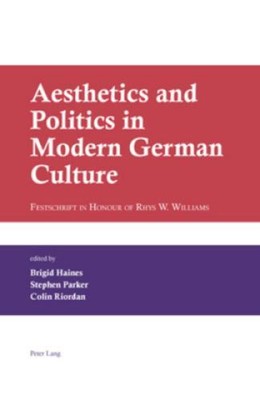

Can you imagine a better aesthetic to live in? Modern architecture and home decor, with their minimalistic emphasis, provide a great sense of calm, peace, and harmony, while instilling dynamic and eye-catching features throughout. This aesthetic allows for versatility, allowing for unique individuality while remaining a coordinated unit. The modern aesthetic emphasizes function over form, ensuring that every component has a purpose. Additional architects who were early adopters of this modern architecture included Victor Horta, Antoni Gaudi, and Louis Sullivan. The architectural theorist Eugene Viollet-le-Duc wrote the book Entretiens our L’Architecture in 1872, which convinced many architects in that time period to take advantage of the new building technologies that were available, pushing architects to break design norms and use techniques which contributed to the development of modern architecture. These materials and techniques allowed architects to move past the architecture common during those times and attempt new forms. ( )Īrchitecture with this modern aesthetic really became possible due to the introduction of new materials and new building techniques, such as iron reinforced concrete, in the late 1800s. () Over time, the modern aesthetic of the 19th century has evolved to create early 20th century midcentury modern and postmodern styles.

This aesthetic is linked to the period between 19, when people moved towards simple and unembellished looks, influenced by the machination occurring during that time.( ) During the industrial boom and increased demand for infrastructure in growing cities, buildings were built in simpler forms to reduce building costs and work time. In terms of architecture, this style is heavily rooted from German and Scandinavian design. The modern aesthetic started to become present in the late 19th century. The beauty of this look is that dynamic elements are present throughout, but the space as a whole looks balanced and in unison. The key to creating this modern aesthetic is to stay coordinated in colors, textures, and geometries throughout, while using each element in moderation. The placement of furniture tends to accentuate open spaces, and the use of accent rugs, decorative mirrors, and light colored furniture can make a room look bigger, making the space seem clean and minimalistic. The interior design of a home with modern aesthetic tends to incorporate the same clean cut geometries as the exterior architecture, while creating a sense of dynamic and visual interest by using a variety of coordinated colors and textures. The modern aesthetic can also be applied to home decor. This modern aesthetic incorporates elements of chic, high class, individualism, and minimalistic design concepts ( ). The building would appear much more plain without these added textures. Mixing in different materials and textures provides another aspect of visual interest, enhancing the dynamic, unique aspects of the home. A variety of colors are featured ranging from whites to grays to browns, but all of these colors are coordinated they compliment each other, while also providing a more dynamic view, accentuating some of the more jutting features. All of the geometries are very simple with square, sharp edges, but there are features that jut out in unique ways, giving these homes a very clean, but original look.

Homes with this aesthetic are becoming more and more common.

When thinking about a modern aesthetic, these concepts are what come to mind.


 0 kommentar(er)
0 kommentar(er)
